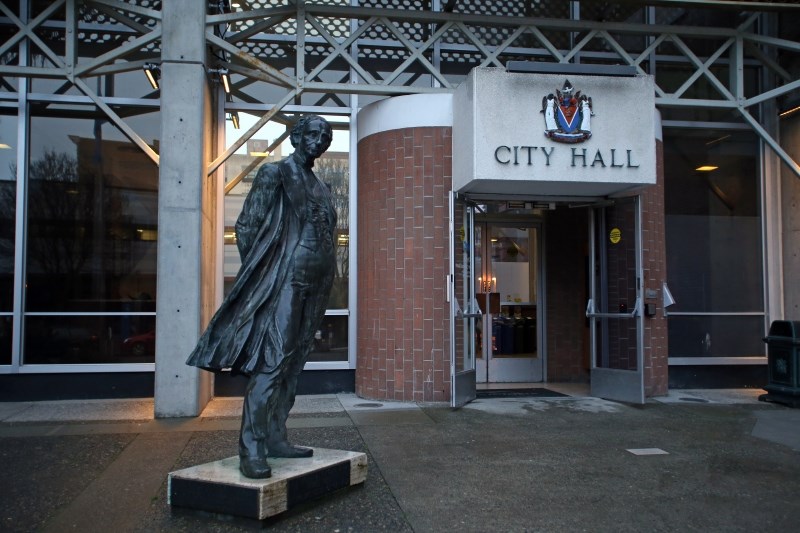Regulations proposing humane muzzles for dangerous dogs and limits on how long any dog can be tied up will be considered by Victoria councillors.
Under the proposal, initially put forward by Coun. Charlayne Thornton-Joe, dangerous dogs would have to wear a muzzle that still permits them to pant and drink.
The proposal was prompted in part by the number of homeless people whose dogs have been deemed dangerous, Thornton-Joe said.
“Some of our individuals who are experiencing homelessness also have a dog. Often a dog becomes dangerous because they are overstimulated, and when you’re on the street, you get a dog that’s on alert 24-7, basically,” Thornton-Joe said.
As a result, a dog might bite to protect its owner.
Under the city’s animal control bylaw, a dog deemed dangerous has to be muzzled in public. For a dog belonging to someone living on the streets, that could be most of the time.
“If you’re a dog that is in the public 24-7, to wear a muzzle means that the ability to pant or to drink water is hindered,” she said.
“So every time you have to do that, you have to remove the muzzle, which puts the person at risk of having the dog biting someone else or the person for being ticketed for having a dangerous dog that is not muzzled.”
The change would also affect people who take dogs that have been deemed dangerous camping or out for a run or long hike, Thornton-Joe said.
Councillors will also consider whether to enact limits on tethering animals.
A city staff report notes that the B.C. SPCA strongly opposes “indiscriminate tethering” of dogs and has actively lobbied municipal governments to adopt bylaws that prevent tethering as the primary means of confinement.
It had been suggested the city consider a tethering limit of 90 minutes within a 24-hour period. But city staff argue it would be too difficult to prove.
“While neighbours are often the source of tethering complaints, they may be either unable to observe a tethered animal for the full 90-minute period or unwilling to testify in court regarding their observations.
“This means that, in most circumstances, animal control officers will need to remain on location and observe a tethered animal for the full 90-minute period in order to enforce the proposed amendment,” a staff report says.
“Where a tethered animal is not in danger or causing a nuisance, this may not be the most effective use of the city’s animal control resources.”
Thornton-Joe believes some sort of tethering restrictions should be enacted.
She and the SPCA recommend bylaw language that says tethering should not be allowed as the primary means of confining a dog.
“It’s one thing if you’re going to be gardening in your front yard and you want to have your dog out there and you tie it to a tree while you’re out there,” Thornton-Joe said.
“But there are some people who will have a dog tied to a tree for a whole day [regardless] of whether the dog has access to shade or water and food.”
Various jurisdictions within the capital region, including Sooke, Sidney, North Saanich and the Capital Regional District, have adopted SPCA-recommended tethering language in their bylaws, said animal protection officer Erika Paul.
“We’re really striving to have it throughout the CRD,” Paul said.



